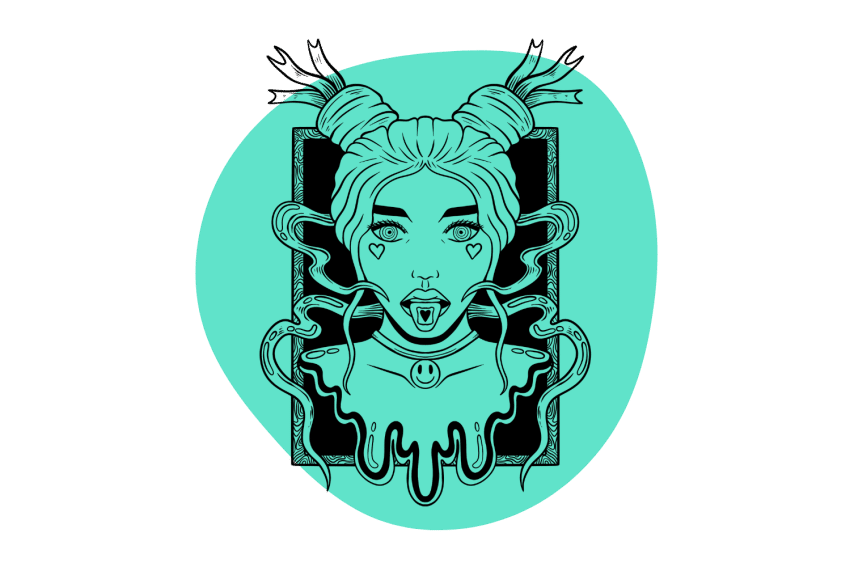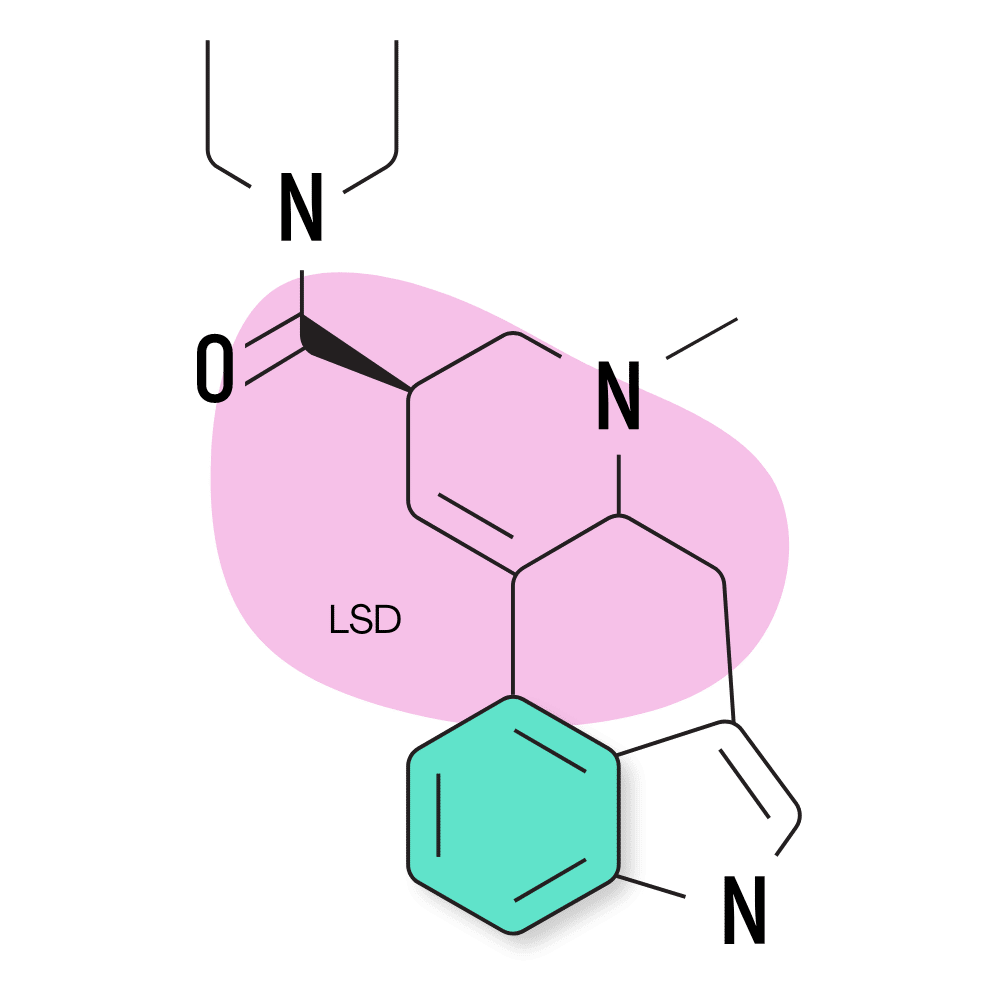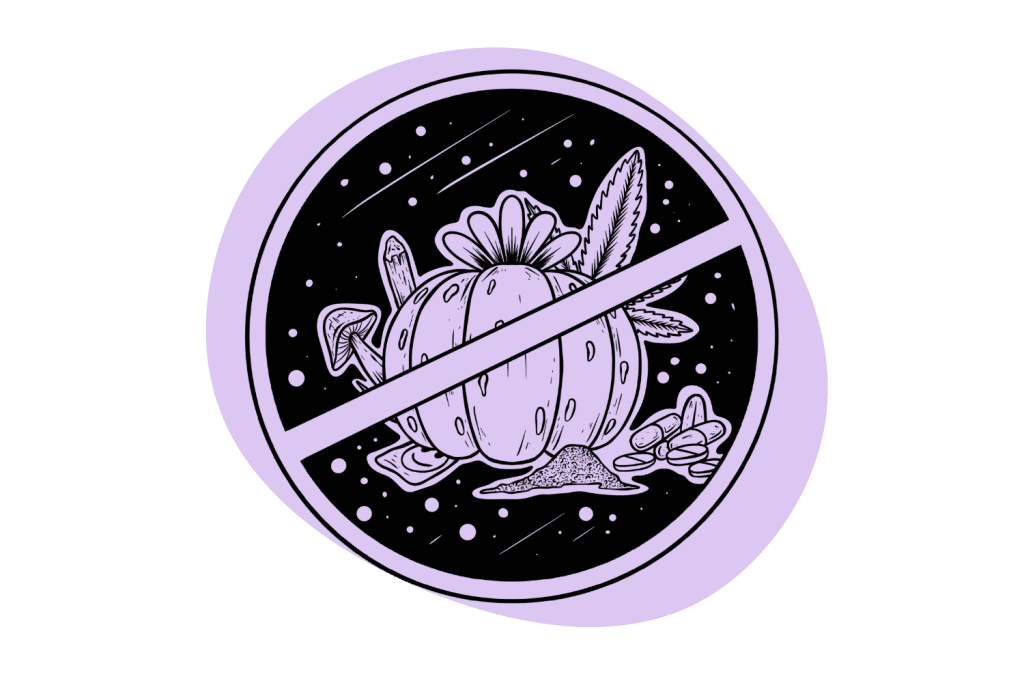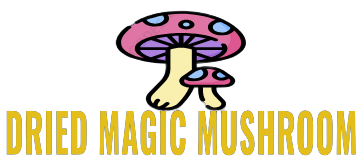Uncategorized
Where to buy LSD online Arizona | LSD Shop online Arizona | LSD Dispensary Arizona.
buy LSD online Arizona.

buy LSD online Arizona. Lysergic acid diethylamide (LSD) is illegal in most parts of the world and classified as a Schedule I drug by the UN Convention of Psychotropic Substances (1971). buy LSD online Arizona.
Schedule I drugs are deemed to have “no currently accepted medical use and a high potential for abuse.” Also in this category are marijuana, ecstasy, heroin, and meth. buy LSD online Arizona.
However, LSD is at the forefront of modern psychedelic therapies for treating various psychiatric conditions, including anxiety, addiction, depression, obsessive compulsions, and post-traumatic stress disorder. Even before it was banned in 1967, LSD was used successfully in clinical settings for these psychiatric conditions without severe physical effects [1].
So why did LSD become illegal if it was shown to have therapeutic potential?
Well, as it turns out, there’s a pretty interesting backstory to the criminalization of LSD.
Buckle up; this topic runs deep.
What Exactly Is Lysergic Acid Diethylamide (LSD)?
If you’re like most people, the mere mention of LSD or “acid” will probably make you think of hippies, flower power, and Woodstock.
LSD (lysergic acid diethylamide) is a synthetic colorless and odorless liquid typically consumed in small blotter paper squares or tiny gel tabs.
When ingested, LSD binds to serotonin and dopamine receptors in the brain, causing powerful psychoactive effects, including visual hallucinations. LSD suppresses the default mode network (DMN), which is believed to be the mechanism through which psychedelic drugs induce ego-death experiences.

Early History Of LSD Use
LSD’s fascinating history began with its discovery in 1937 when Swiss biochemist Albert Hofmann synthesized the alkaloid while working for Sandoz Pharmaceutical.
Hofmann combined lysergic acid derived from ergot fungus with various other organic compounds and created 25 distinct combinations.
LSD-25 (as we know it today) was created by combining lysergic acid with diethylamine, an ammonia derivative. LSD-25 was tested on animals observed to be “highly excited” under the influence of the compound, but these experiments didn’t initially raise any particular interest in medicine, so trials were discontinued.
However, Hofmann couldn’t stop thinking about the effects of LSD and continued with his investigations. It wasn’t until five years later, in 1943, that Hofmann realized the importance of his discovery when he accidentally absorbed LSD through his hands while working with it.
Bicycle Day (April 16, 1943) marks the day Albert Hofmann famously took a hefty dose of LSD-25, rode home on his bike, and experienced the full kaleidoscopic play of LSD, which would make history.
In his memoir LSD: My Problem Child (1979), Hofmann describes the first-ever LSD trip:
“Kaleidoscopic, fantastic images surged in on me, alternating, variegated, opening and then closing themselves in circles and spirals, exploding in colored fountains […] The world was as if newly created.”
Hofmann shared his findings with his boss Arthur Stoll, hoping his discovery could be helpful in the field of psychiatry.
The first clinical trials for the LSD drug under the name “Delysid” began in 1947 at the University Psychiatric Clinic in Zurich.
By the late 1950s, LSD — still an investigational drug — was administered for neuroses, alcoholism, and to enhance creativity in research facilities throughout the United States and Europe [2].
These early experiments advanced the understanding of brain chemistry and led to the development of other psychiatric medications.
Believing psychedelics could act as keys that would unlock the mind, several notable scientists predicted that with the help of LSD, they would be able to break the cipher of such elusive phenomena as mental illness and states of consciousness.
This sparked a surge of research surrounding psychedelic drugs into the 1960s. However, there was a dark side to LSD research too. The military and CIA took a special interest in the mind-altering drug and started investigating its potential as a mind-control weapon and truth serum.
This research involved using LSD to cause unwitting subjects to experience highly intrusive and sometimes debilitating effects.
Project MK Ultra
“MK-Ultra” is the code name given to a highly classified human experimentation program conducted by the Central Intelligence Agency (CIA) in the United States during the 1950s and 1960s. This program explored methods for manipulating human behavior through various means, such as drugs, hypnosis, and sensory deprivation [3].
At the center of MK-Ultra was LSD.
Some of these tests were conducted without participants’ consent or knowledge, leading to serious questions about ethics and informed consent.
Public records also suggest that some volunteer participants experienced long-term mental health consequences due to the extreme drug dosages they received during testing.
In 1971, President Nixon unanimously abolished these unethical practices and officially ended “MK-Ultra” by executive order.
To this day, we are still not entirely sure precisely what occurred under Project MK-Ultra. Still, the stigma surrounding LSD’s use in these experiments contributed to its eventual ban.
LSD was seen as a weapon to control people’s minds, and this reputation made it difficult for scientists to study its potential therapeutic benefits.
The Rise Of The Counterculture & LSD
LSD escaped the laboratory and ended up in American University circles during the counterculture period of the 60s.
The counterculture movement saw the beginnings of the hippie movement, which was made up mostly of young people rejecting modern capitalist society in favor of an alternative culture focused on enjoying life and exploring peace, love, and community.
LSD use quickly gained popularity during this period to expand consciousness and creativity.
Harvard psychology professor Timothy Leary and other proponents of LSD believed psychedelics would bring about a revolution in consciousness, making people more creative, open-minded, and tolerant.
According to Leary, “the kids taking LSD aren’t going to fight your wars. They’re not going to join your corporations.”
Conservative voices considered this movement and LSD a detriment to the traditional values of America.
In the wake of the MK-Ultra scandal, scare stories about LSD substance abuse flooded the media, which the government hyped in widespread propaganda campaigns.
President Richard Nixon declared Timothy Leary “public enemy number one” as a leading figure in this counterculture revolution and for his reckless promotion of drug use.
For the Nixon administration, LSD represented a very real threat to American society. In 1970, President Nixon introduced the Controlled Substances Act, which prohibited possessing or distributing LSD and other psychedelic drugs.
LSD was classified as a Schedule I drug with no accepted medical use and a high potential for abuse, despite the decades’ prior research which found LSD to be a relatively safe drug with a low potential for abuse.
Additionally, LSD has shown promise in treating psychiatric conditions such as anxiety and depression. In light of this evidence, it’s clear that the Schedule I classification of LSD is unjustified.
This act effectively banned research into the therapeutic use of LSD, and this remained in place until 2006.

What Happens If You Get Caught With LSD?
Getting caught with LSD in the United States can have serious consequences. Depending on the quantity of the drug and your criminal history, you could be charged with either a misdemeanor or a felony.
A misdemeanor typically carries a prison sentence of up to a year and possible parole or probation with additional restrictions on your lifestyle and activities. Felony convictions can result in much longer prison sentences, including fines or required drug rehabilitation.
In all cases, you will likely face other consequences, such as having your driver’s license suspended, being ineligible for certain government benefits, potential job loss if convicted of certain crimes, and perhaps even deportation, depending on your residency status.
It’s important to note that certain states have harsher penalties than others regarding drug-related offenses. Each state has its own set of laws that dictate how offenders are punished.
In November 2020, Oregon became the first state to decriminalize all controlled drugs, including cocaine, heroin, MDMA, psilocybin, and LSD, which means getting caught with small quantities of illegal substances could be subjected to a fine of $100 or a verbal slap on the wrist, rather than a charge.
With a growing body of scientific evidence suggesting that classic psychedelics like psilocybin and LSD can be used to treat a wide range of mental health conditions, we can expect to see more states follow suit in the decriminalization of these compounds in the near future.
It’s always important to know your legal rights at every stage of an arrest and criminal trial to make informed decisions about your future and protect yourself from undue punishment.
The bottom line is that LSD in the United States is illegal and can result in extreme penalties if you do not exercise your legal rights adequately.
Despite its categorization as a Schedule I substance, LSD is currently in Phase 2 of clinical trials for addressing major depressive disorder. In the previous year, it underwent Phase 2 for anxiety symptoms for psychiatric anxiety disorders.
While more research is needed in both areas of policymaking around psychedelics as well as clinically testing their efficacy in a therapeutic setting, the growing trend towards decriminalization is a step forward in potentially unlocking safer access to these compounds.
How Safe Is LSD?
LSD, a potent serotonin agonist, is surprisingly safe — it has very few physical symptoms. Most of the effects of LSD take place in the mind.
While it has been proven to have certain medical benefits in psychedelic therapies, including mood improvement and increased spiritual connectedness, it’s not entirely without risks — users should take precautionary steps before consuming LSD.
Unlike many other drugs, LSD is not considered physically addictive, and there is no evidence that it causes long-term damage to the brain or body. However, LSD can still be dangerous as it can cause severe anxiety and paranoia and trigger latent mental health problems such as schizophrenia in some individuals.
Is It Possible To Use LSD Legally?
In certain provinces in Canada and select states in the US, it’s possible to use LSD in clinical settings with an accredited psychotherapist.
In these cases, LSD can be a valuable tool for exploring one’s consciousness and resolving deep personal issues.
Certain US states and cities have made it possible to legally obtain LSD as part of a sanctioned scientific research study or psycho-therapeutic treatment program. However, the drug’s long-term effects are still largely unknown, and much more research is needed before the FDA can approve its widespread medical use.
Despite its uncertain status in many places, various forms of psychedelic therapy involving LSD have achieved remarkable results in recent clinical studies — mainly when targeting anxiety or depression.
Ultimately, while there is certainly room to make a compelling argument for the medical benefits of using LSD, due diligence must be taken to ensure it is done responsibly and within the appropriate framework set forth by local laws governing controlled substances.

The Takeaway: Why Is LSD Illegal?
Although LSD is illegal in most parts of the world, there is a growing movement of those interested in using the compound for therapeutic purposes.
Early experiments with LSD in the 50s found it to have exceptional potential for substance use disorders, severe depression, and anxiety disorders. The compound was also used in a classified CIA project to uncover methods of mind control, which resulted in a great deal of stigma attached to those interested in using LSD.
In the following years, LSD made its way out of the labs and clinics and became a popular tool for exploration by artists, writers, students, and scientists. Subsequently, it became a symbol during a period of social and political upheaval that challenged traditional values across the United States, eventually leading to its criminalization in the 1970s. buy LSD online Arizona.
Although LSD is still illegal, those interested in using it for therapeutic purposes continue to fight for its legalization. With more research and a better understanding of the compound, we can hope to see LSD become available for safe use.
